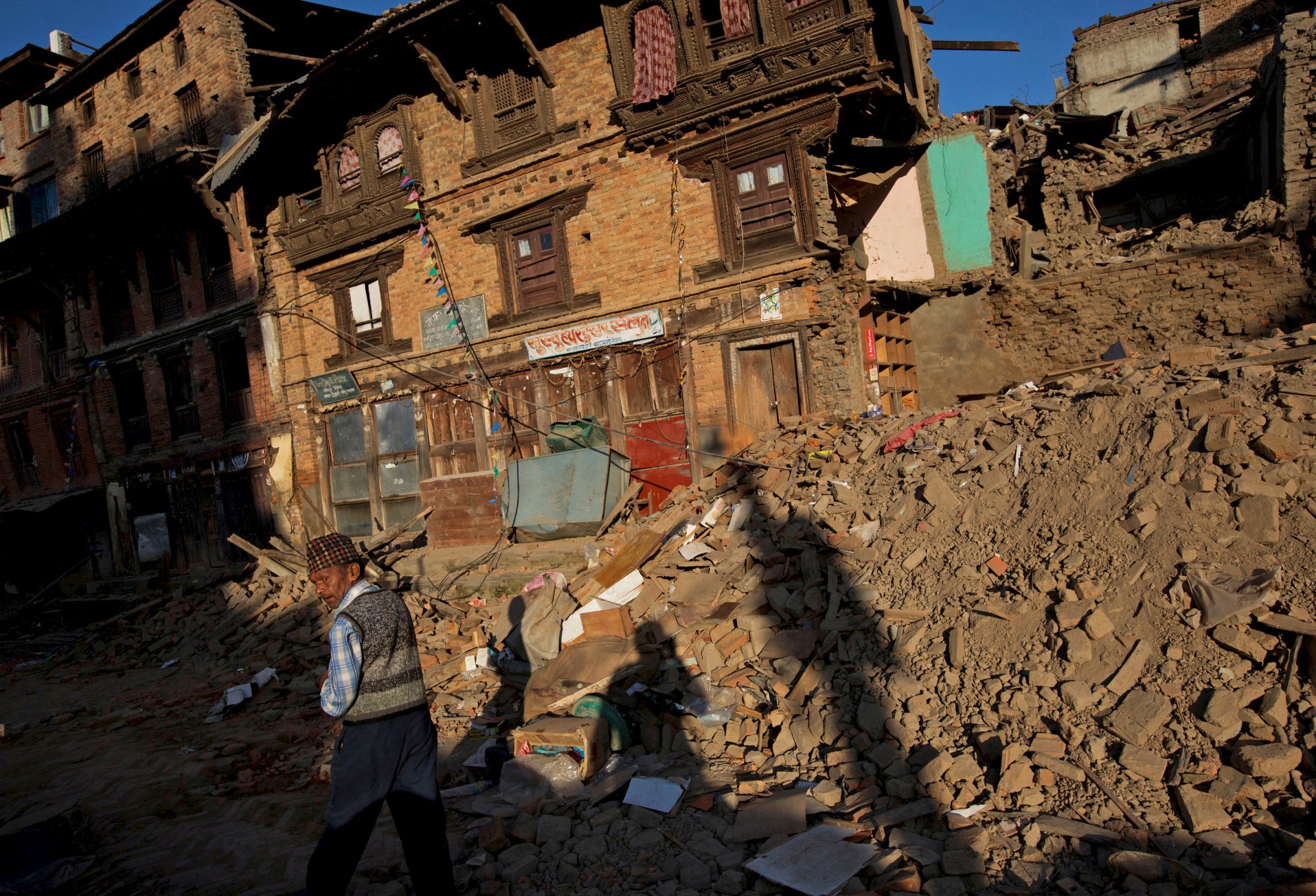
Though the 7.9-magnitude earthquake that struck last Saturday has now claimed more than 7,000 lives, modern, workaday Kathmandu — the Kathmandu of ring roads and malls — has come through.
Fabled Kathmandu, however — that mystical waypoint on the Himalayan hippie trail with its promise of enlightenment and cheap, potent hash — has been devastated.
Anyone who has been to the Nepali capital will know the red brick color of the old city. Today, those bricks are dust, and their trademark red coats the arms and faces of workers digging through rubble in the mournful search for bodies.
According to Nepal’s UNESCO chief Christian Manhart, who has just completed a thorough assessment of the city, 60% of all heritage buildings were “badly damaged” in the quake. With them, a whole way of life has finally vanished.
The Kathmandu valley lies at an ethereal altitude of 4,600 ft. (1,400 m), and, besides the natural beauty of the encircling Himalayas, boasts some 130 monuments, including several Hindu and Buddhist pilgrimage sites, and seven UNESCO World Heritage sites. Or perhaps we should say “boasted.”
It was “like the Shire from Lord of the Rings,” says James Giambrone, who moved to Nepal in 1970 after dropping out and leaving his home in New York City. “All the clichés you’ve heard — wonderful people, art abounding, a living museum — I got to experience.”
The 1975 Bob Seger classic “Katmandu” immortalized the escapist allure of Kathmandu. “I’m tired of looking at the TV news,” sang Seger. “I’m tired of driving hard and paying dues/ I figure, baby, I’ve got nothing to lose/ I’m tired of being blue/ That’s why I’m going to Kathmandu.”
Those who took their lead from Seger’s jaded protagonist snaked halfway across the globe from London to Bangkok via Istanbul, Tehran and Kabul. They were sandaled beatniks, shunning Western trappings for a life of self-medication and self-reflection, plumes of ganja smoke billowing in their wake.
In this heady heyday, cannabis (which continues to grow wild over much of Nepal) was peddled from government-run hash houses. Most pilgrims “were so blasted on temple balls that they couldn’t get their tongues around the word Swayambhunath, so this ancient Buddhist shrine became known in freak-speak as The Monkey Temple,” reminisced Jonathan Gregson for the U.K. newspaper Independent in 2001.
For the same reason, Jhochhen lane, in the old Palast and Temple area by Durbar Square, became known as Freak Street. The hippie contingent liked to congregate on its worn paving slabs, but many of the ancient temples they would have known in the vicinity collapsed in the April 25 quake.
Cannabis was made illegal in the mid-1970s, but its use was tolerated and the hippies kept coming. “The hippies didn’t get arrested for hanging around smoking joints on the temple steps,” Jim Goodman, who spent a decade around the Kathmandu Valley from 1977, tells TIME. “Smoking was part of Nepali culture and they were pretty lenient about it.”
Goodman, a 67-year-old Ohio native, describes his time in the ancient Newar city of Bhaktapur, just 8 miles (13 km) outside Kathmandu, and where at least 270 people were killed in the most recent quake, as like “living in medieval Europe in the 13th century.” (Dramatic footage shows tourists at this UNESCO World Heritage site as it crumbled.)
“I used to wake up around 7 a.m. to the sound of birds at the window, distant temple bells and giggling girls at the water tap by my house,” says Goodman. “I’ve never woken to a nicer sound in my life.”
According to Goodman, who made and sold traditional textiles and wrote books (he has written five about Nepal), there were very few tourists at this time and electricity only reached villages just outside the capital by the mid-1980s.
“It was a pretty laid-back place, as you didn’t need much money — I could get by on a dollar or two a day — and it was an interesting city,” he says. “Eight-year-old girls would be carrying around their little brothers on their backs and have the keys to the house while their families worked in the fields.”
Witness the Aftermath of Nepal's Devastating Earthquake
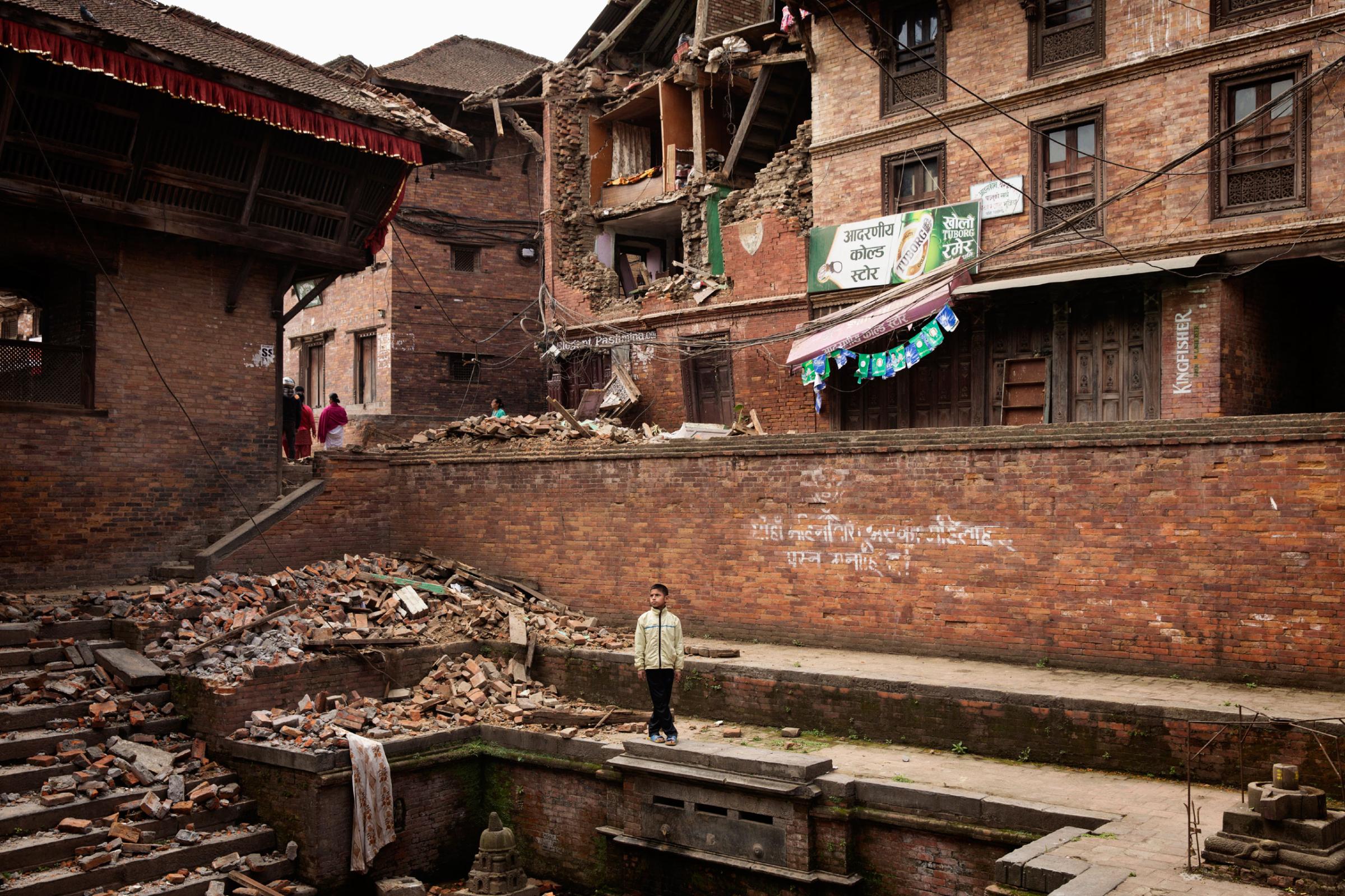
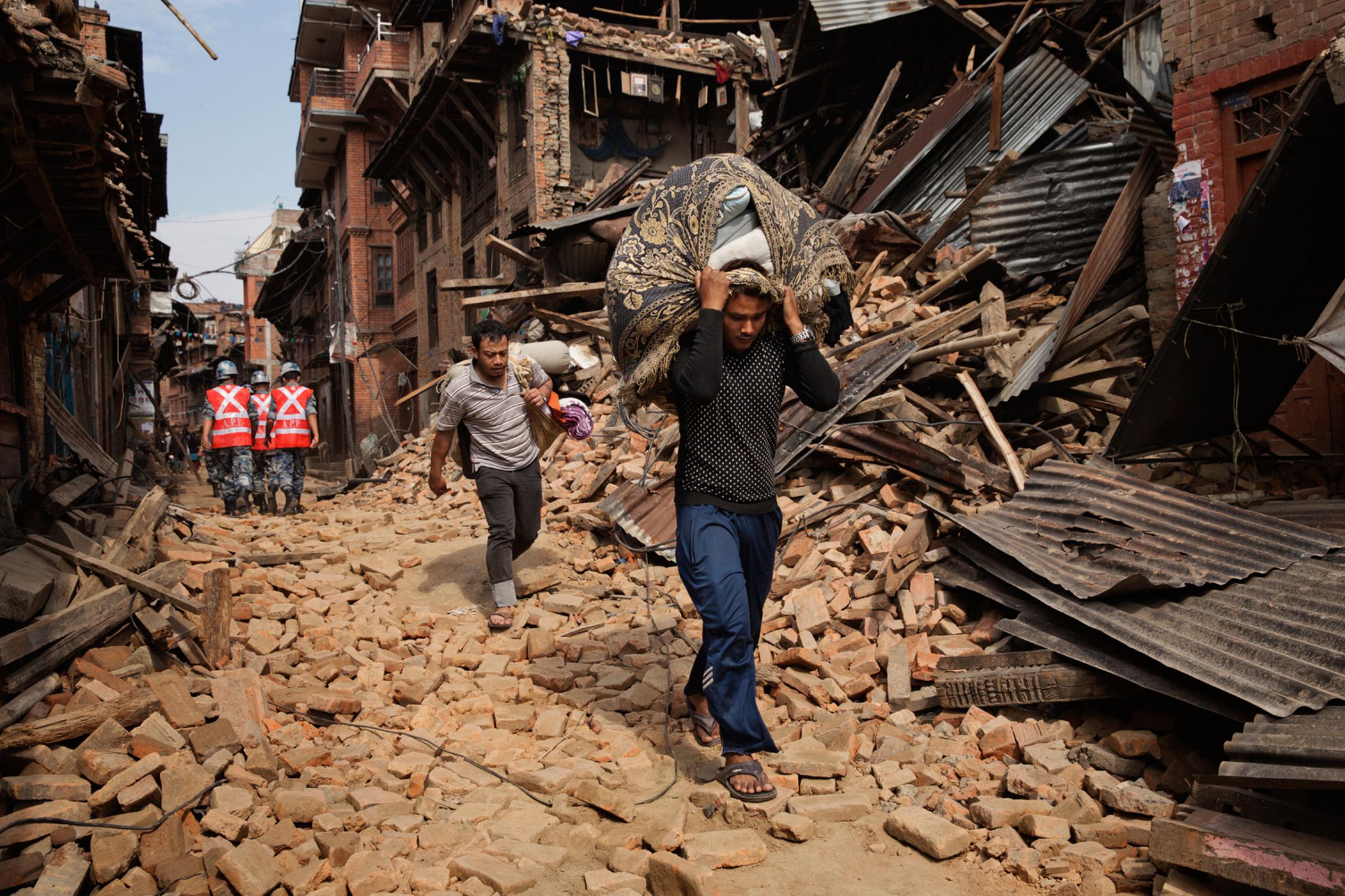
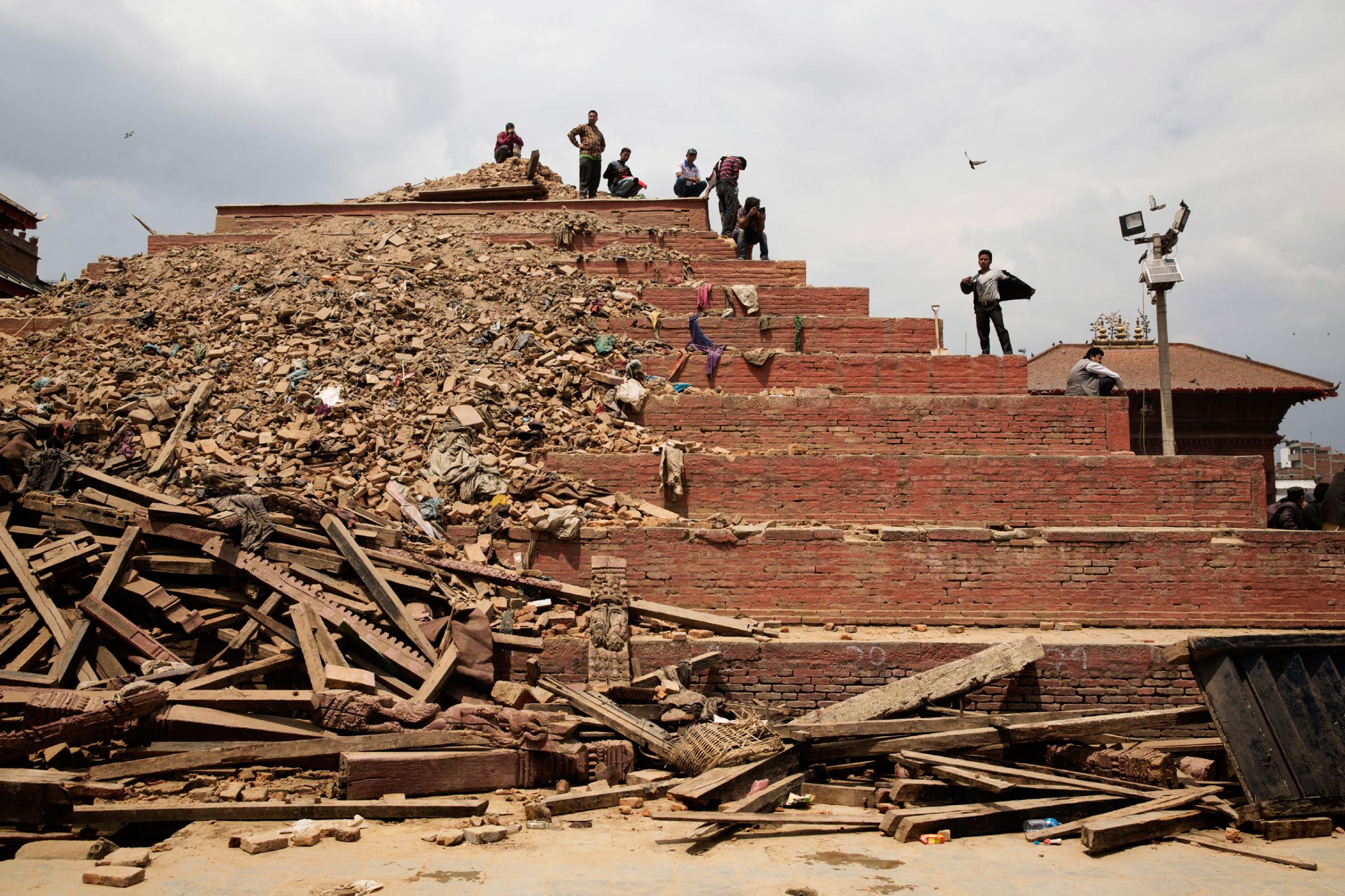
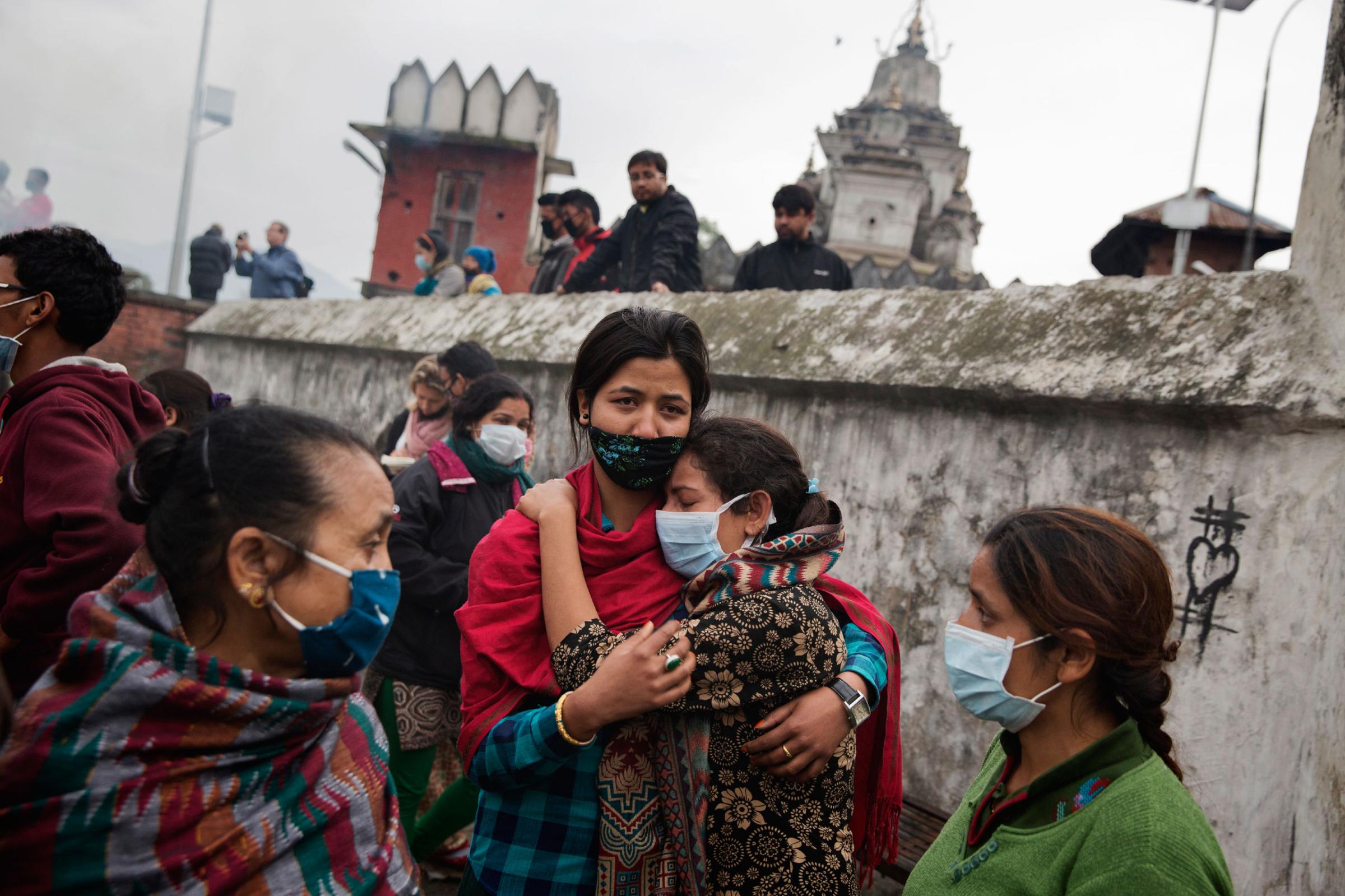

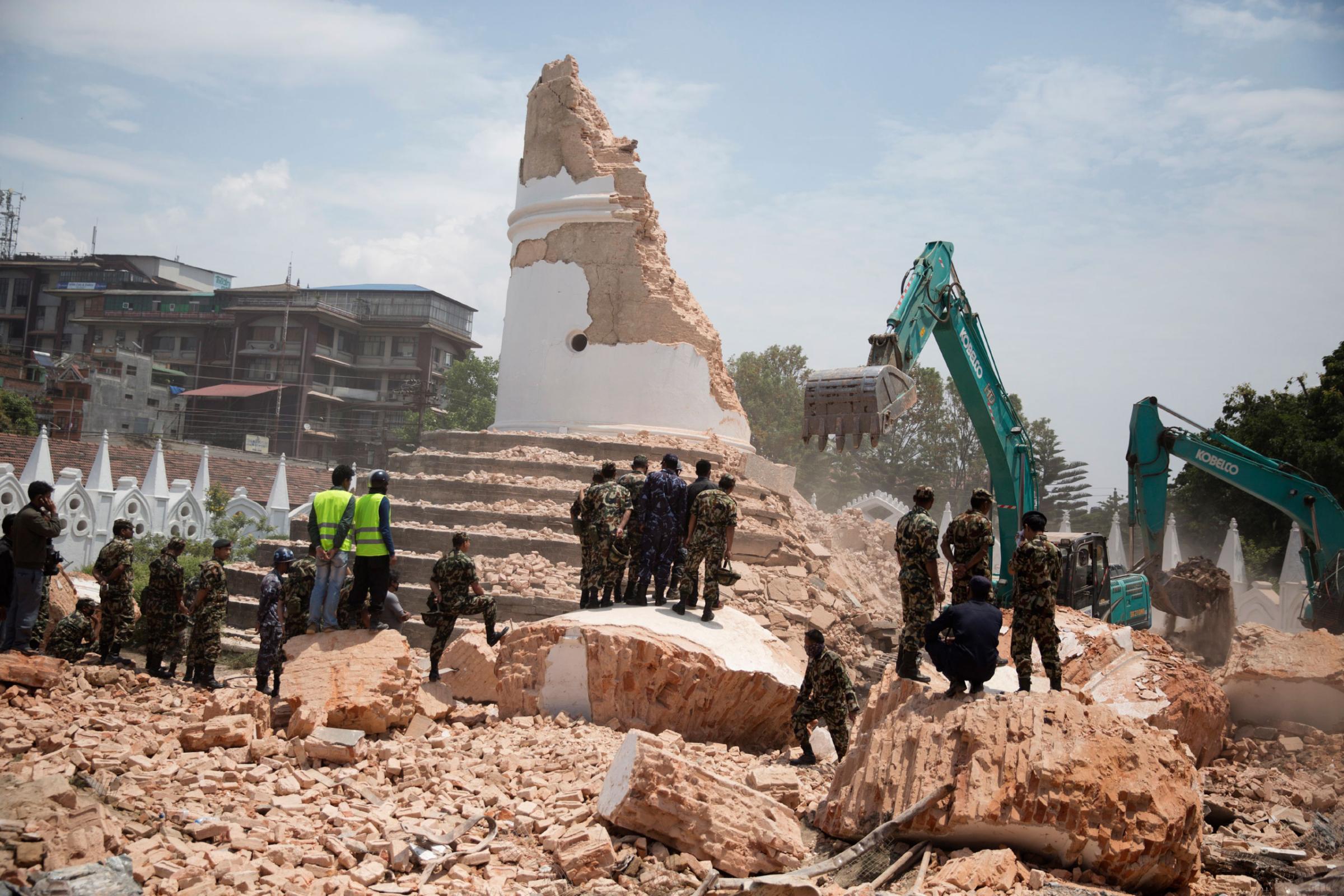

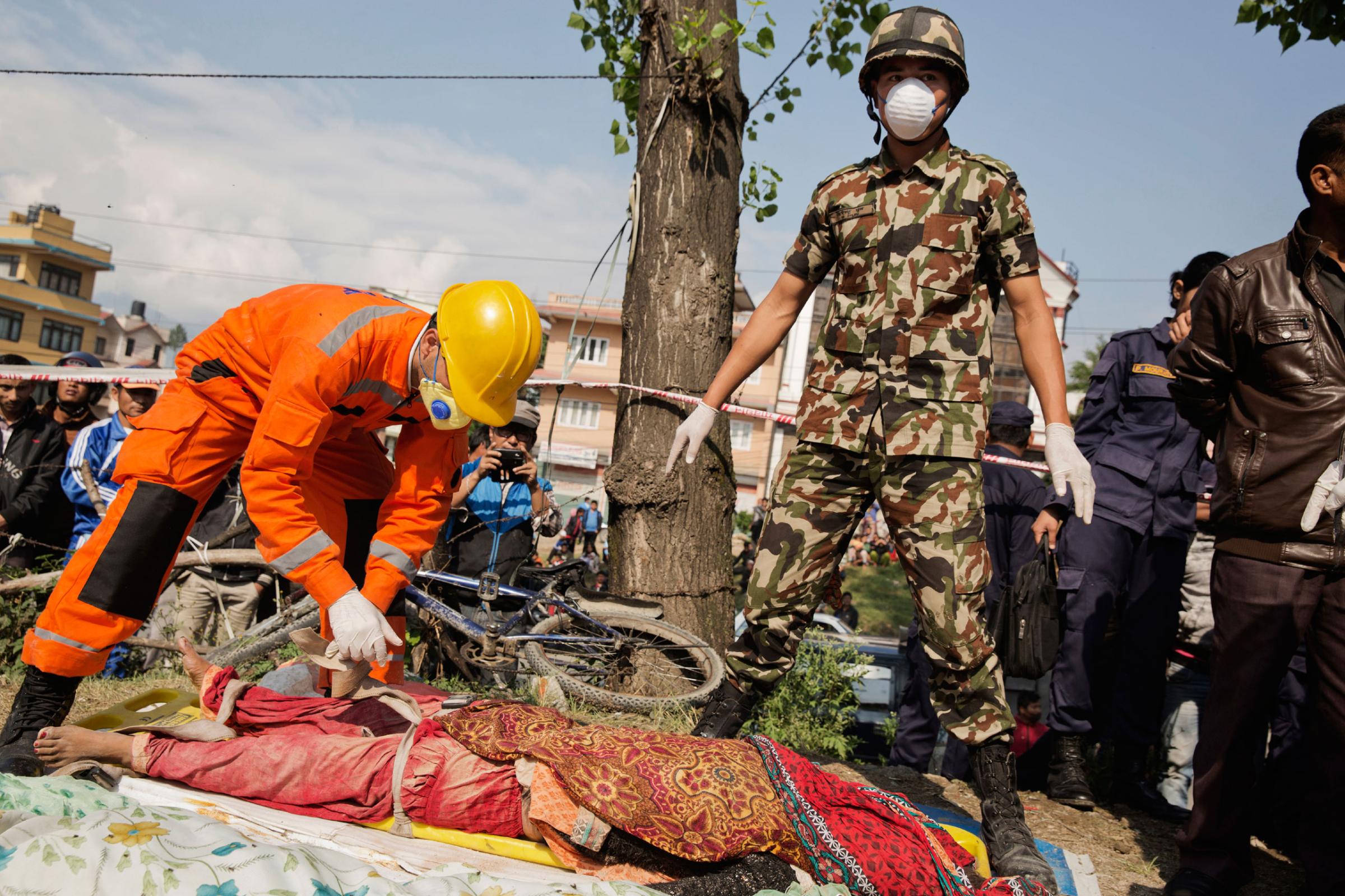


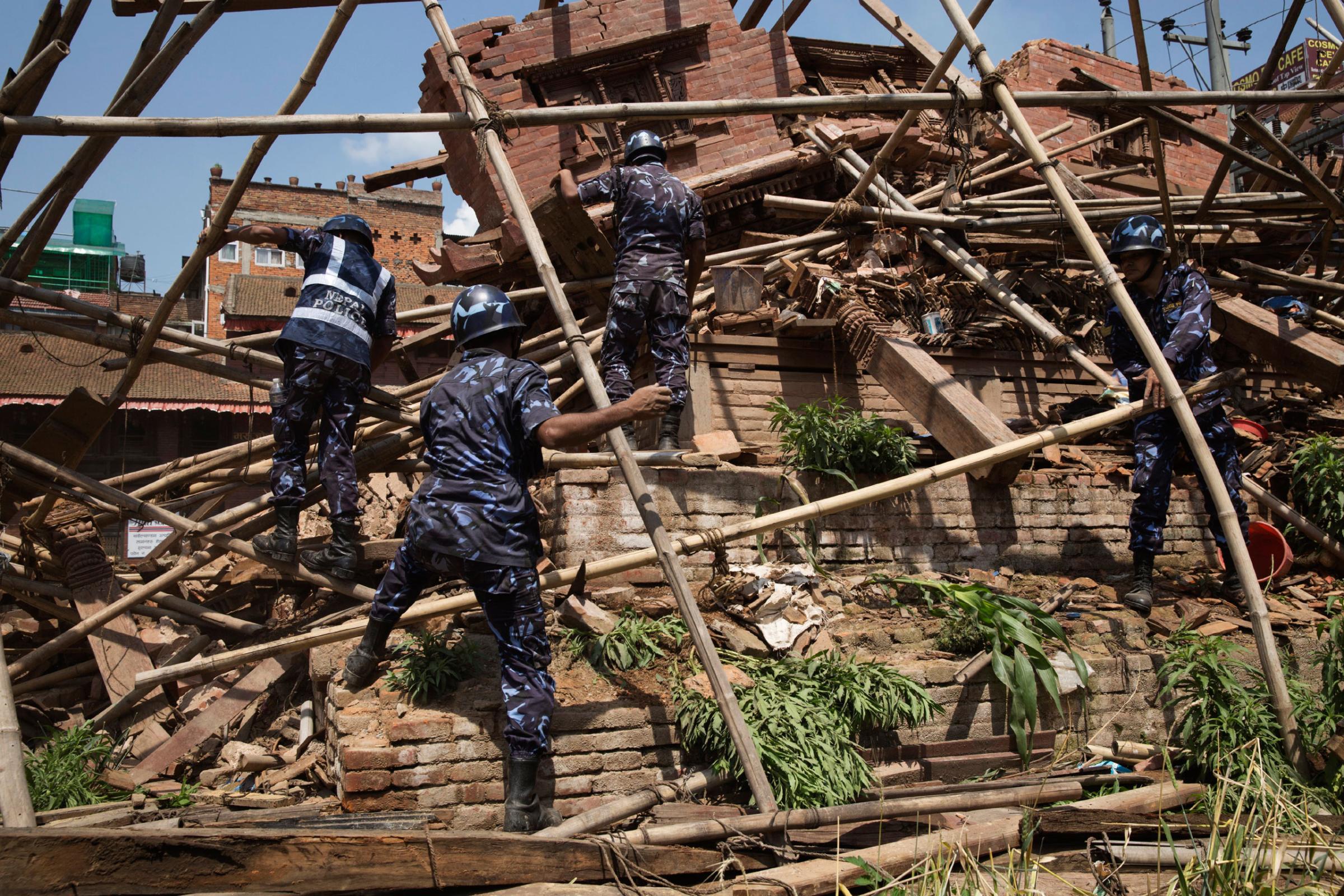
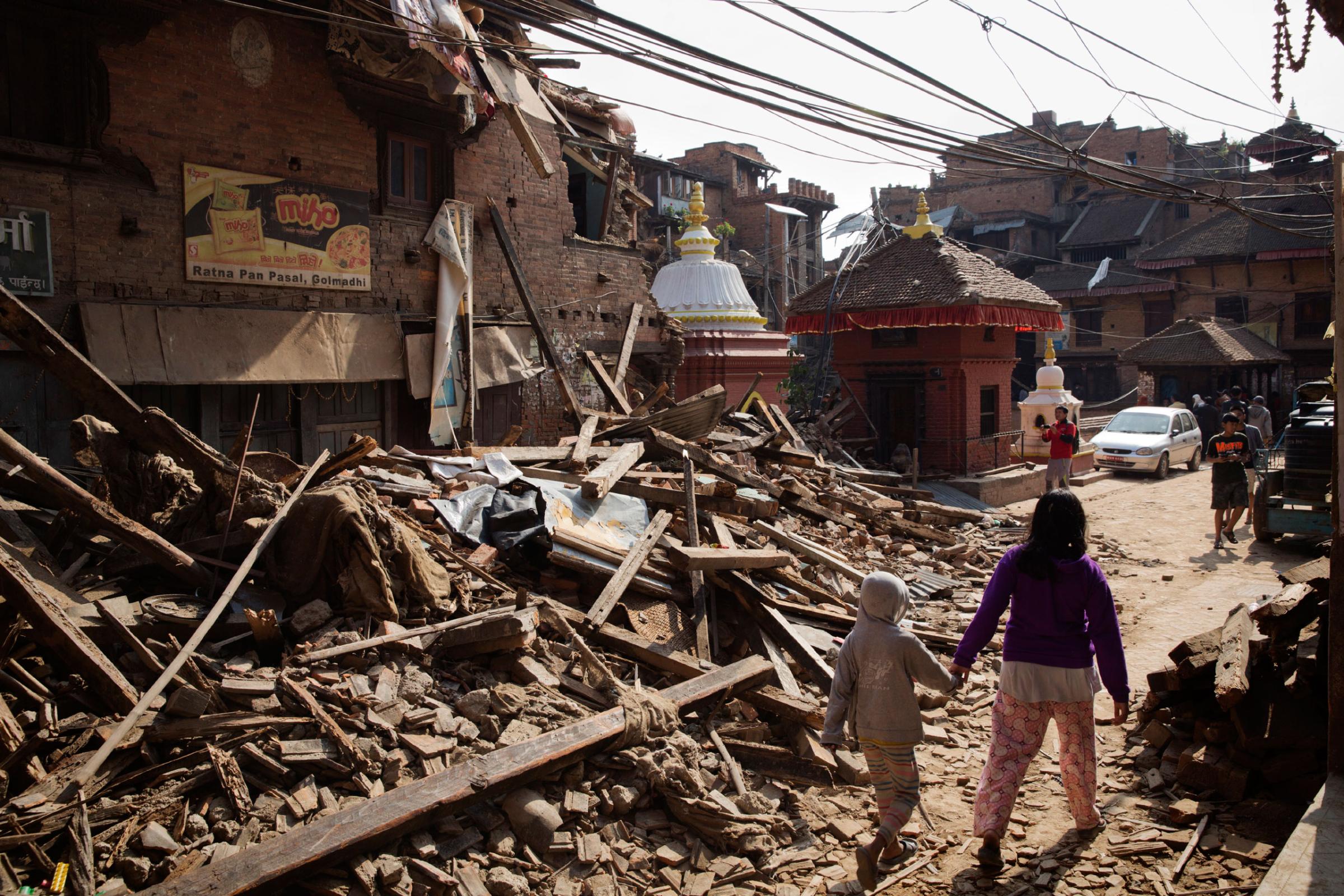

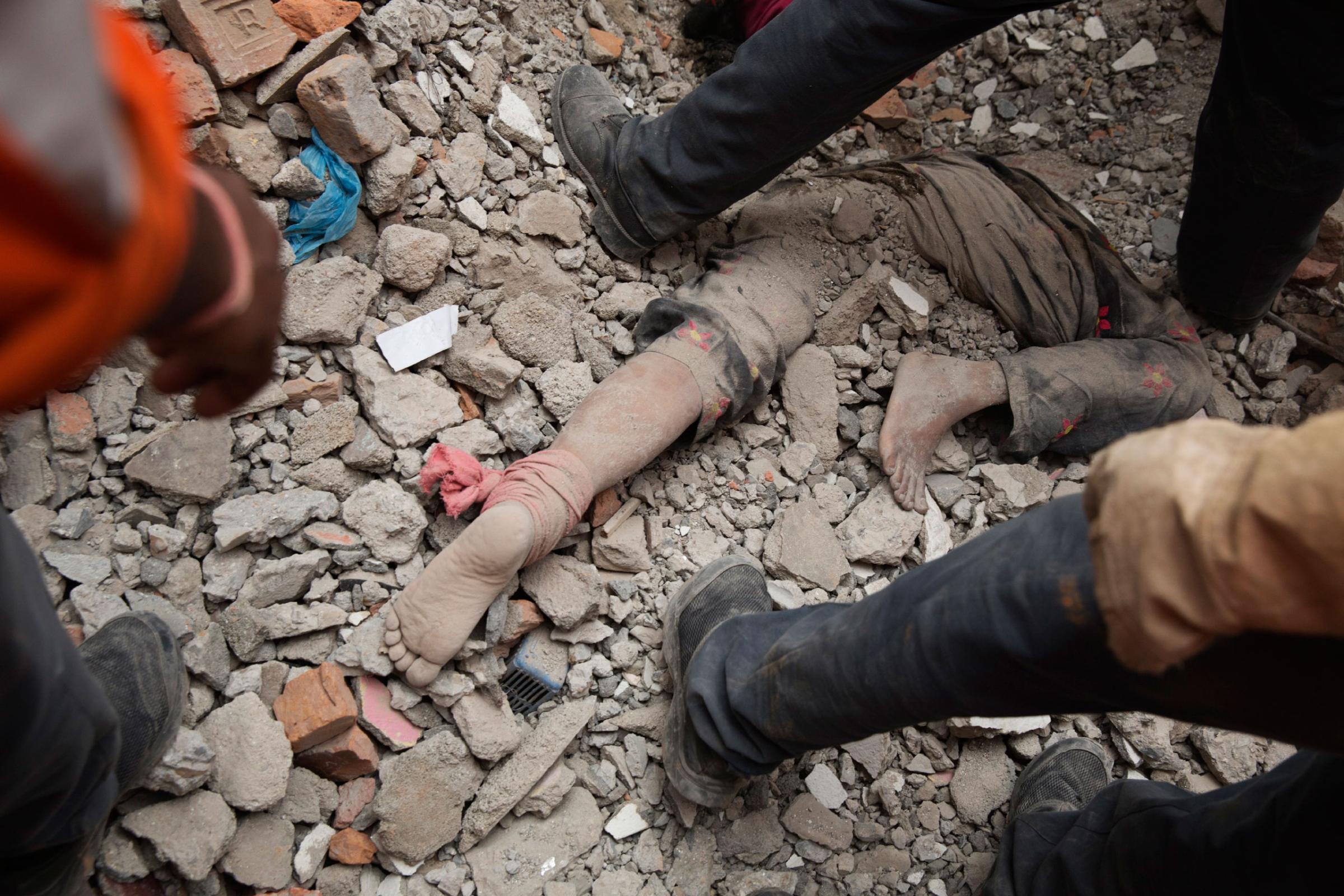
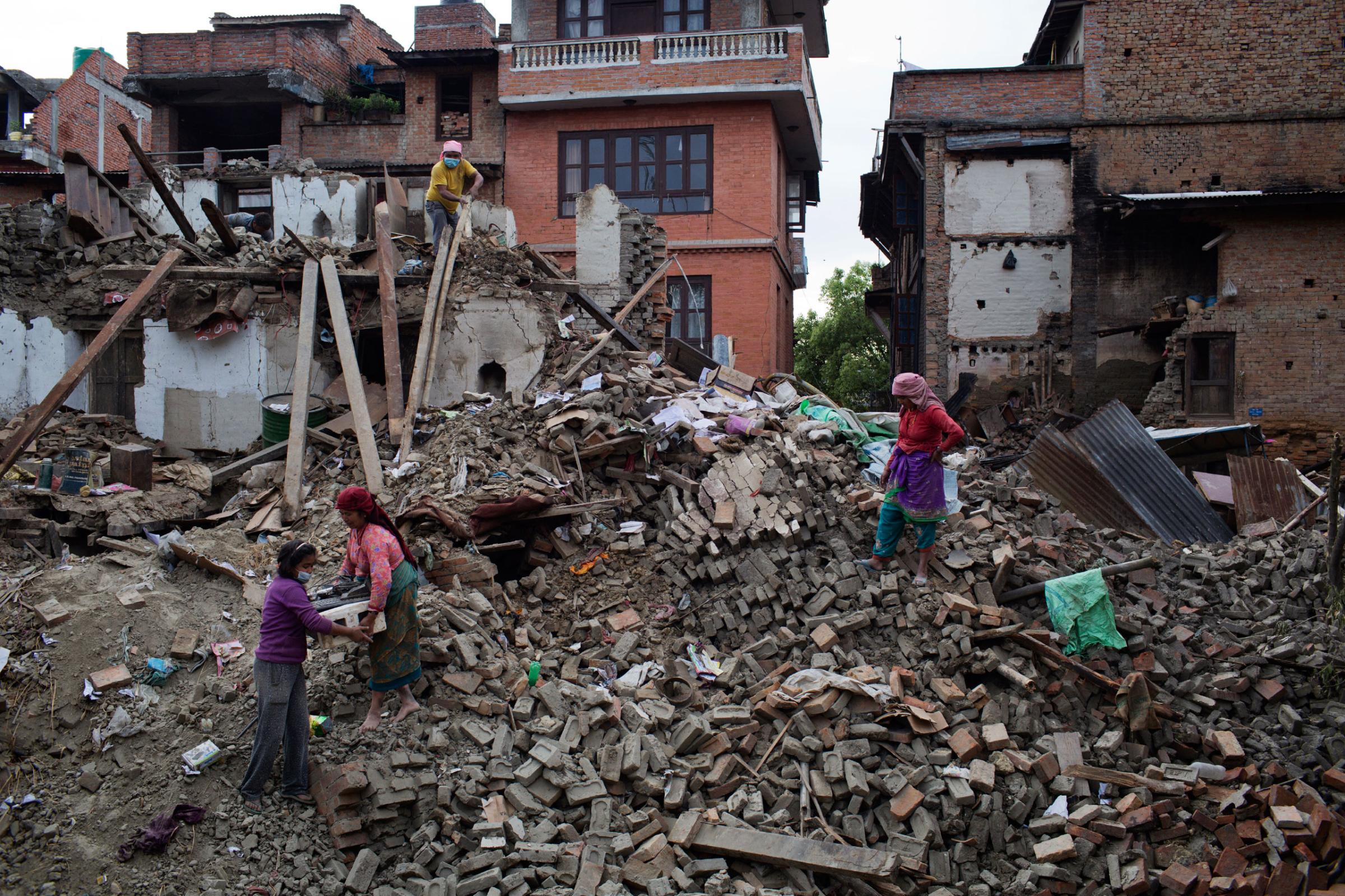
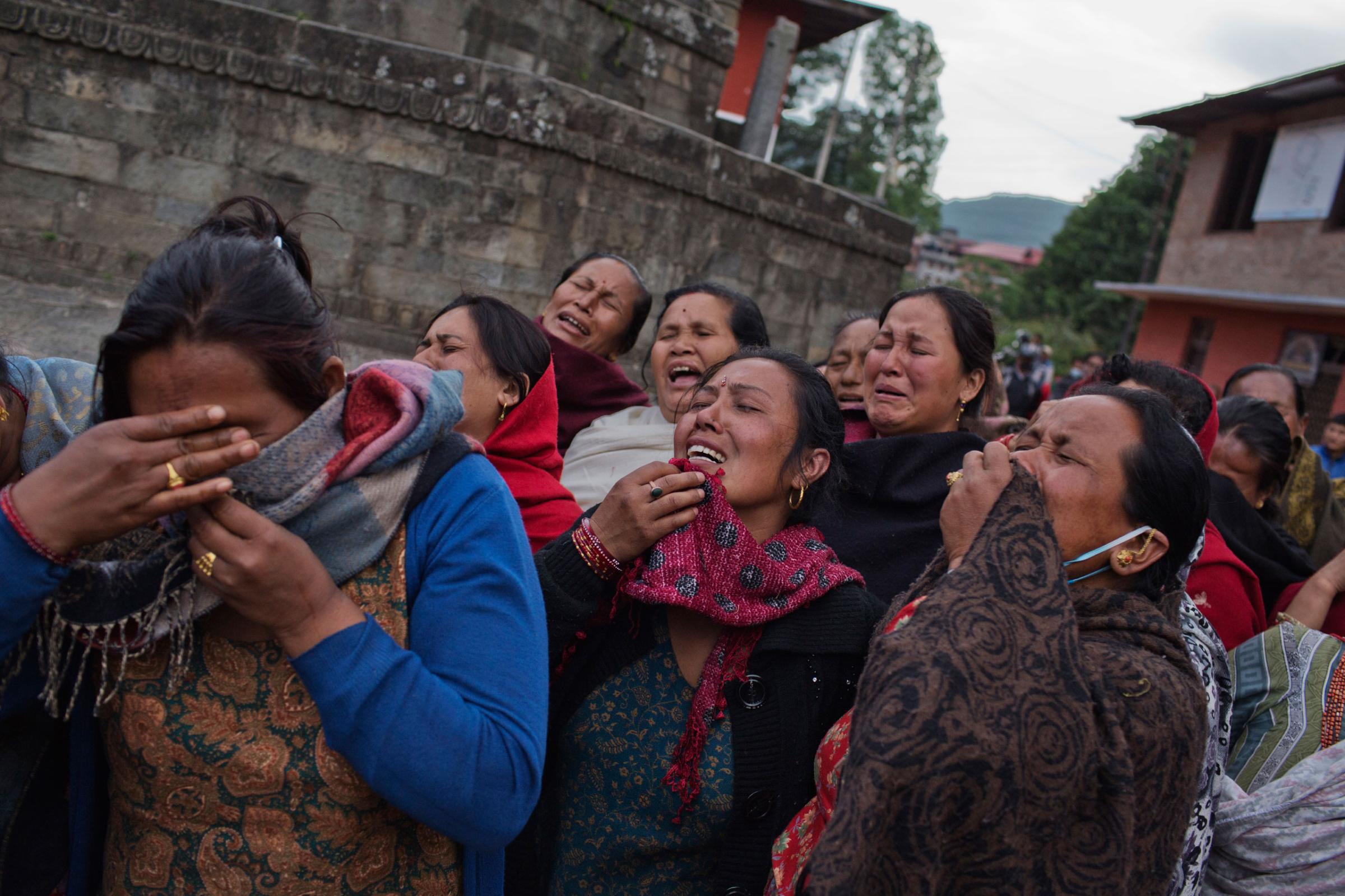

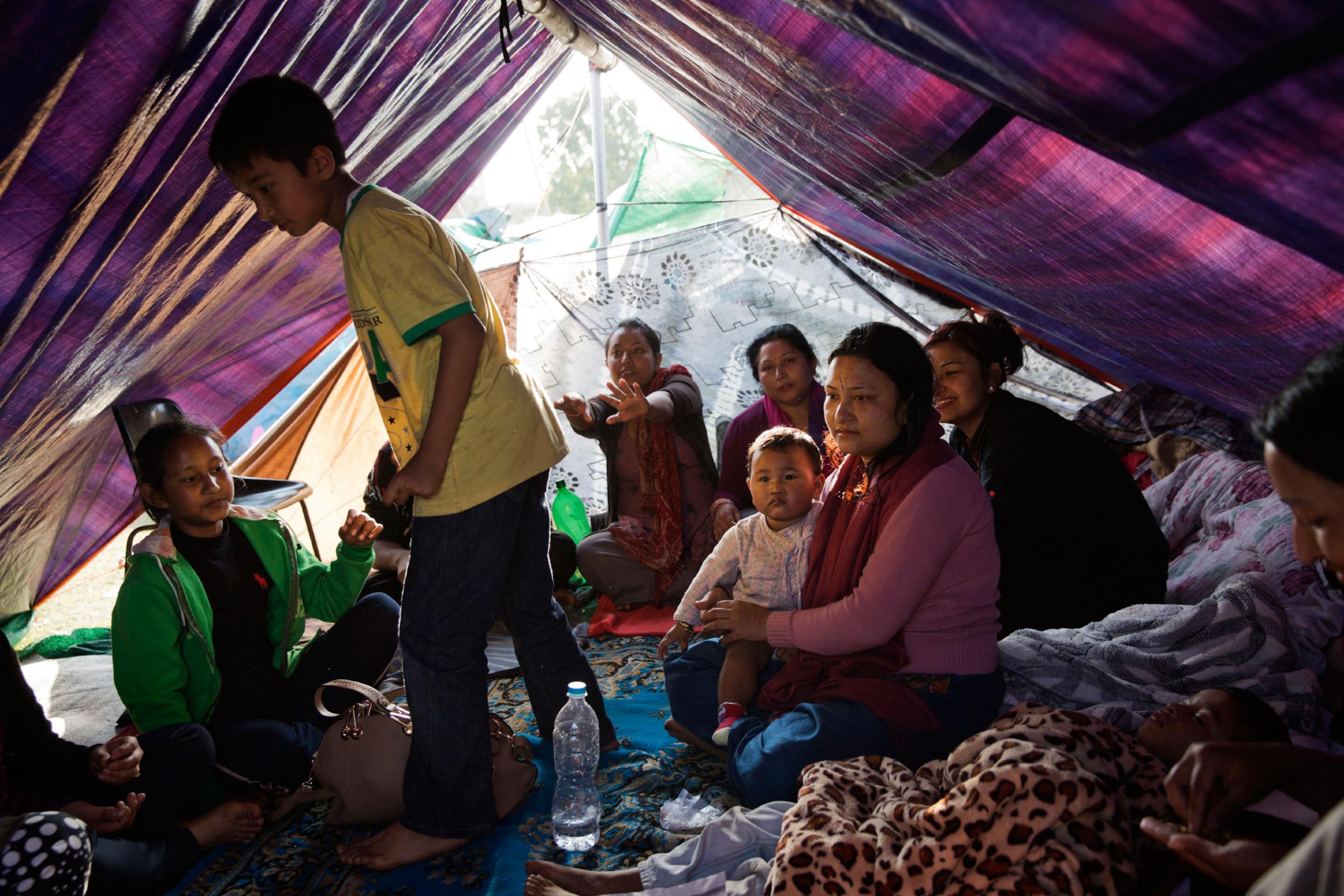
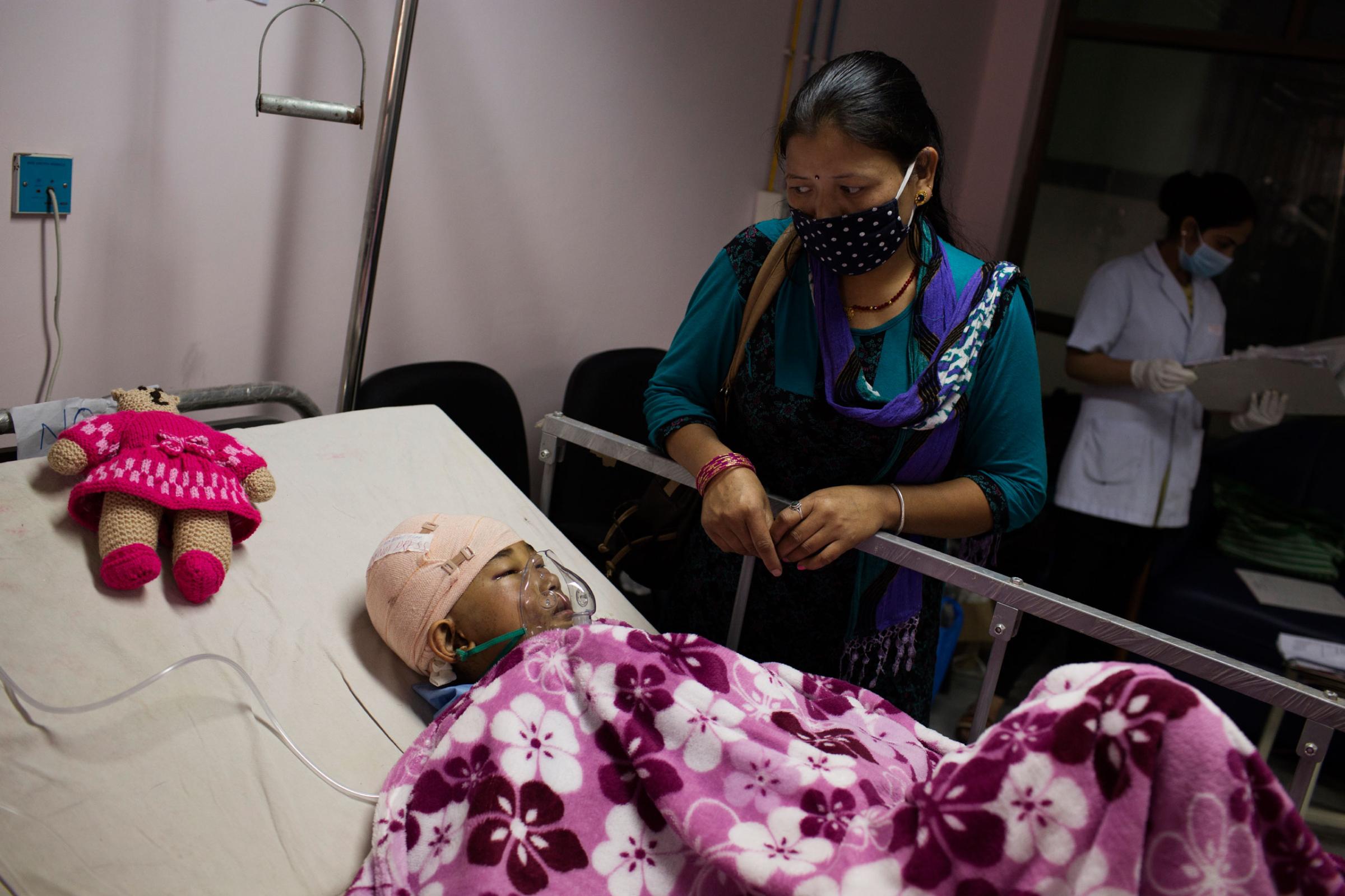
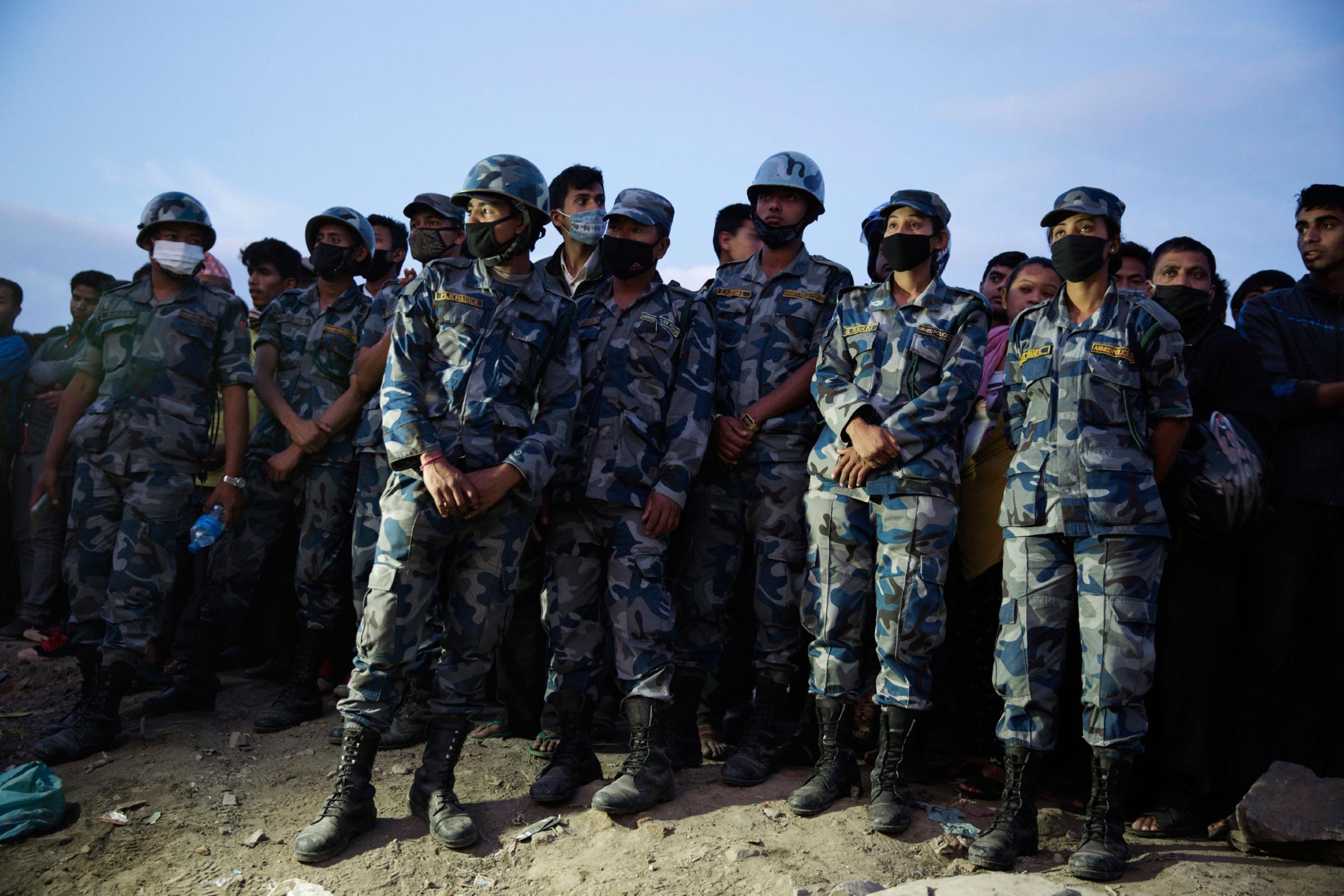
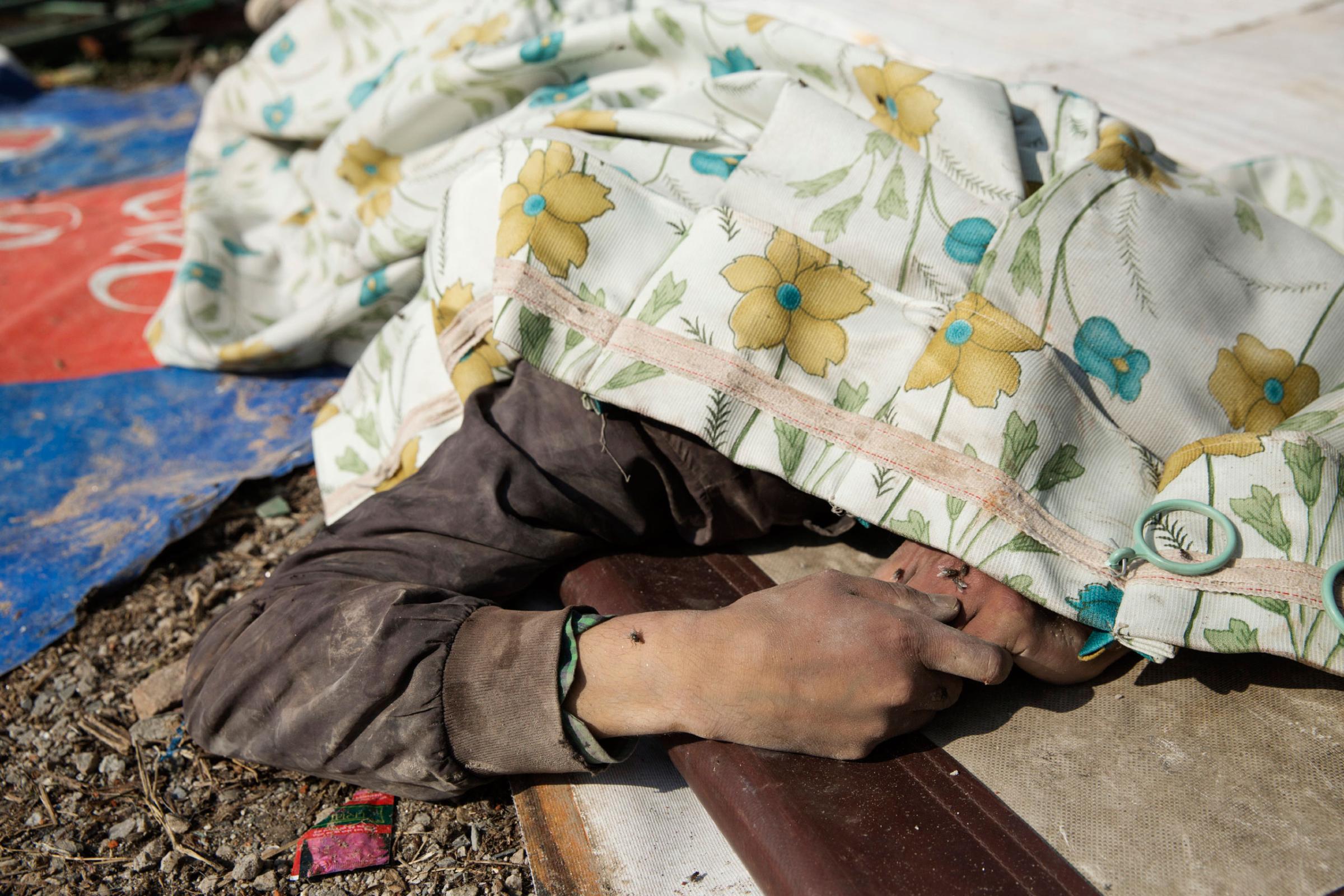
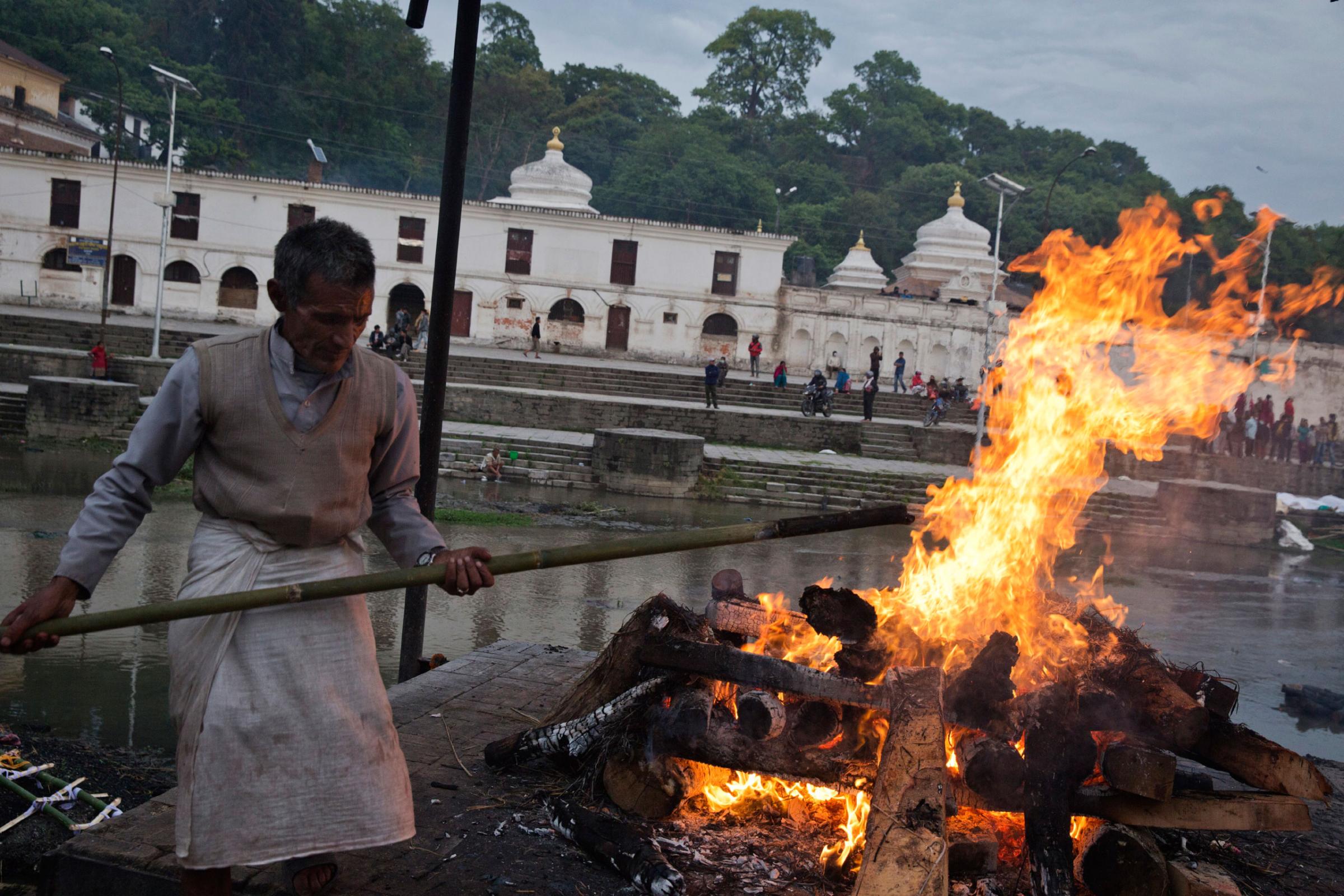
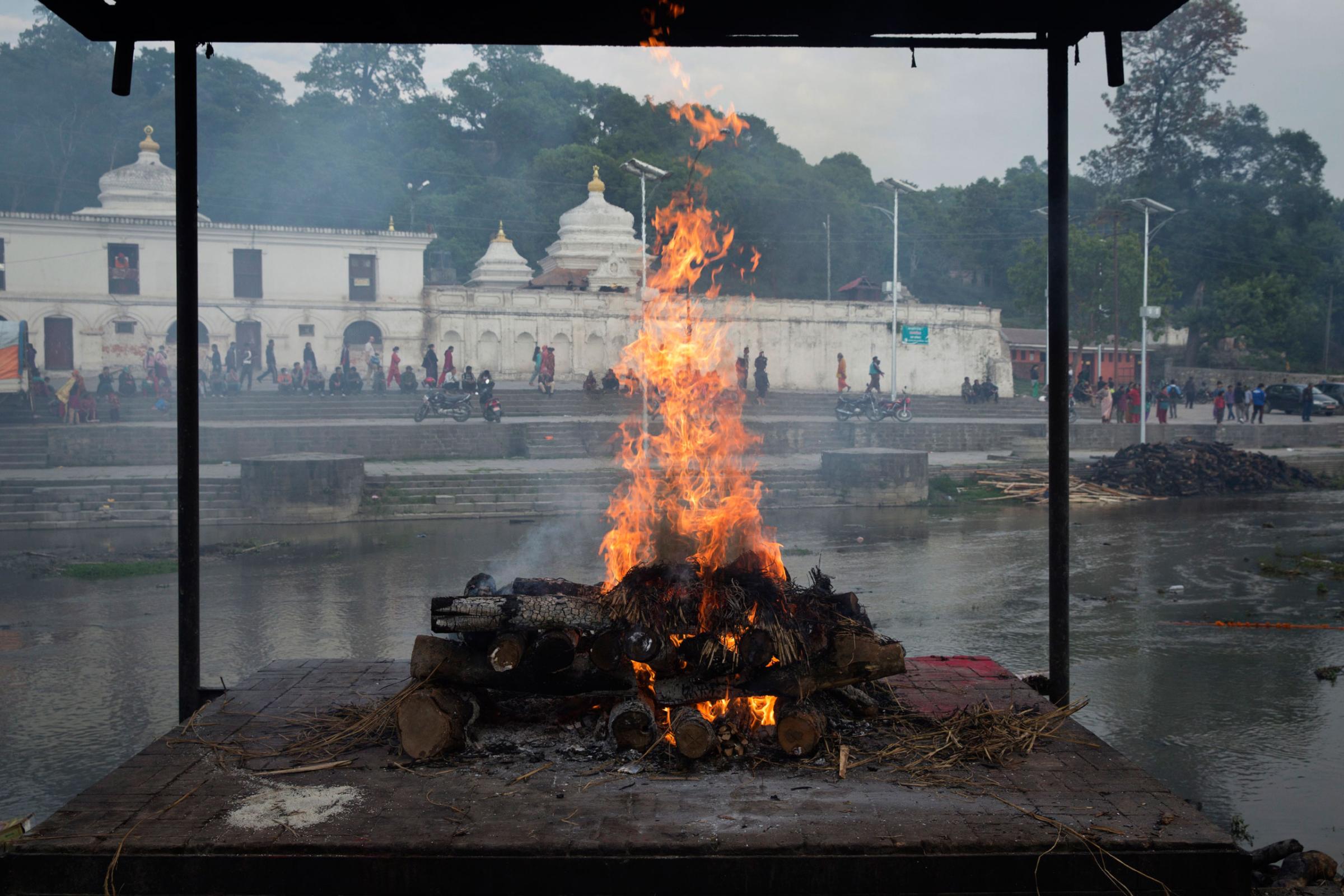
Those halcyon days began to fade towards the end of the 1980s. The government made visas harder to obtain, and many long-term expatriates, like Goodman, were strong-armed into departing. The Iranian Revolution and civil war in Lebanon made the old overland route to Nepal far more difficult. New arrivals had to come by air, and thus needed deeper pockets. Later, Nepal’s own civil war, which raged from 1996 to 2006, deterred many visitors.
Kathmandu also began to modernize. Large swaths of farmland were converted into sooty industrial estates, with the resultant smog hanging low in the valley, obscuring the once fabulous view of the mountains.
Today, income inequality has soared and land values within the Kathmandu ring road rival those of New York City, according to Giambrone, who now runs the city’s Indigo Art Gallery. The flophouses of yore have migrated from Freak Street to the tourist-friendly Thamel region and morphed into high-end hotels, with Berghaus-attired European families replacing wastrels in kaftans and bell-bottoms. While the trickle down of tourist dollars has helped some, particularly the Sherpas, “marginalized groups who are not in the trekking areas do not receive any of the benefits,” says Giambrone.
Modernization was already contributing to the degradation of traditional architecture, with historic houses and gardens being turned into modern concrete buildings. This trend will only accelerate after the quake. Giambrone has been watching with trepidation as bulldozers and cranes lurch through the rubble, damaging fixtures like intricately carved doors and wooden balconies and who knows what hidden artifacts.
“Construction people are moving idols, but why are they moving them? Where are they moving them to?” asks Giambrone. “There is so much around now in the rubble that people can just pick up and carry them off.”
And once all the rubble has been cleared (or looted), there seems almost no chance that the traditional but vulnerable red brick and timber structures will return. The old city will be rebuilt in reinforced concrete and hippie Kathmandu will become merely a memory. The Kathmandu of an even earlier era may not return either.
“The government of Nepal and UNESCO does not have enough funding to pay for the reconstruction of the heritage sites,” says UNESCO’s Manhart. There will be money, however, for new roads and tower blocks.
More Must-Reads From TIME
- The 100 Most Influential People of 2024
- Coco Gauff Is Playing for Herself Now
- Scenes From Pro-Palestinian Encampments Across U.S. Universities
- 6 Compliments That Land Every Time
- If You're Dating Right Now , You're Brave: Column
- The AI That Could Heal a Divided Internet
- Fallout Is a Brilliant Model for the Future of Video Game Adaptations
- Want Weekly Recs on What to Watch, Read, and More? Sign Up for Worth Your Time
Write to Charlie Campbell at charlie.campbell@time.com